Budget-friendly camping options is one of the most desirable things among those who do full time RV-ing or lead a digital nomad lifestyle. Dispersed camping is one of the most coveted yet best-kept secrets in America’s camping world. This camping option will not only save major cash but also introduce you to some hidden gems across the country. It is fun, free, and you will discover some of the loveliest spots by getting off the beaten path.
Contents
What is Dispersed Camping?
Also known as pirate camping, boondocking, dry camping, and free camping, dispersed camping differs from the traditional way of living in a campsite. What does dispersed camping mean? It certainly does not mean you can scatter your dumps and junks all over the campsite. It is about camping for free on some selected lands.
When you are camping, it is legal to sleep in the vehicle in these federally designated lands:
- Bureau of Land Management (BLM)
- Wildlife Management Areas (WMA)
- National Grasslands
- National Forests
- Selected country parks, city parks, and trailheads
- Designated parking lots and truck stops
As long as you follow the standard rules and guideline, you can cam in these places at free of cost. However, you should know that dispersed camping spots offer no standard facilities including toilet, shower, trash removal, fire pits, and other things. Some popular places may have some basic arrangements like toilets.
Surviving without the standard camping amenities is hard. You should not try boondocking if you don’t have the necessary skills and the commitment to keep natural resources safe and leave no trace in the environment.
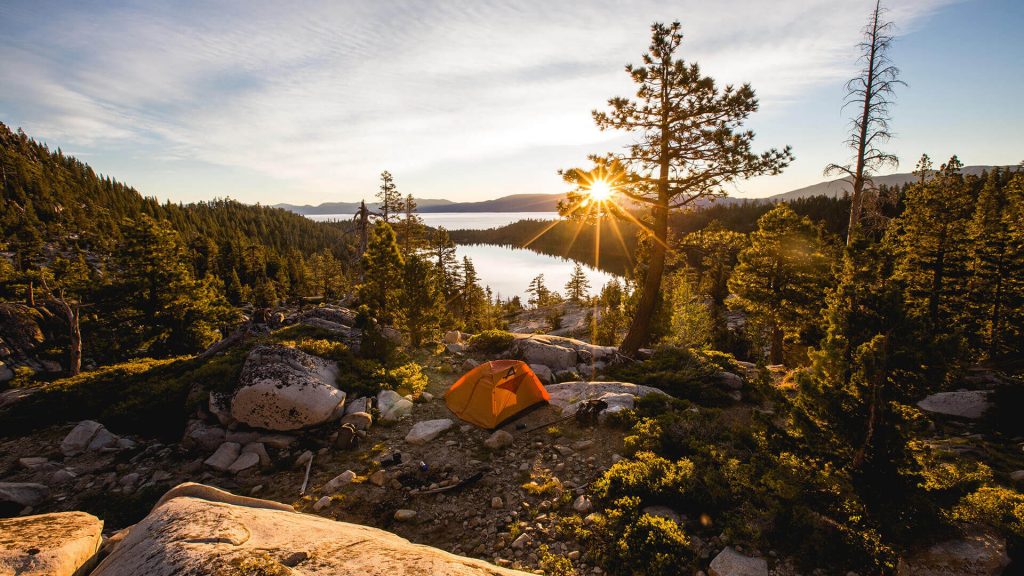
How to Find Dispersed Camping Sites?
Look for brown and yellow signs when you are looking for public land camping. The entrance of these places has the sign. If you are wondering how to find free camping, follow these tricks:
#1. BLM Ranger Station.
The best way is to visit a BLM Ranger Station or visitor center and ask the staff about the opportunities of camping on BLM land or other federal lands. You can also ask the local people who are always eager to help.
Most BLM campgrounds operate at ‘first come, first serve’ basis. There will be an iron ranger instead of a campground attendant. They charge no fee but some of them may have a collection box.
#2. Maps.
Looking into the maps is probably the easiest means of sorting out the dispersed camping map. The green areas on Google Maps represent public lands. You can have a close look at the routes and landscapes by using the zoom option on the Google Earth mode. The BLM also has many maps uploaded on their website. These are not interactive but have information about the lands that allow dry camping.
Paper maps are another good option because they show some off-the-beaten tracks that you won’t find on Google Maps. They come handy where cell service is unavailable.
#3. onX Maps.
This brilliant app deserves to be mentioned separately from the maps options. The Google Maps just show a rough demarcation of the national forests and public areas so it becomes difficult to identify the private properties at the fringes. It has detailed information about public lands. The app makes it easy to avoid trespassing private properties.
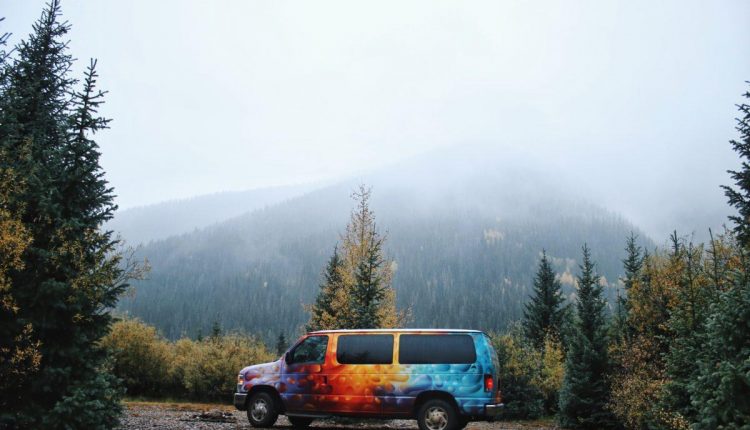
#4. Check Websites.
There are many websites that list spots where you can camp for free. Many of them have camping listings that are outside BLM lands and National Forests. Some of these websites are Free Campsites, Boondocking, Campendium, and more.
#5. Walmart Parking Lot.
Walmart used to welcome campers in their parking lots. Now, it is up to the policy of individual stores. Always ask the store manager before heading to the parking lot and don’t park in front of the store’s entrance if given permission.
Dispersed Camping Tips
As a camper, you have responsibilities toward the environment, common people, and your fellow campers. Roaming around with an RV and finding a spot for dispersed camping is not everything. Follow these tips if you want to abide by the rules and be a good camper:
#1. Always Use the Roads.
If you are camping in a national forest or find a serene spot beside a mountain, don’t ever drive on meadows to go to the camping site. Always drive on existing roads to minimize the damage of natural resources.
#2. Camp in a Used Site.
When you choose an area where other campers had camped before, camp on the spot that has already been used. Using a new site means that you are going to affect the wildlife, soil, plants, and water source of that new place. Try to cut back on your impact on nature as much as possible.
#3. Leave No Trace.
Follow the ‘leave no trace’ mantra. These dispersed camping stations are unlikely to have any trash dumping facility. So, pack everything you’ve brought including trash to dump them at a designated dumping station.
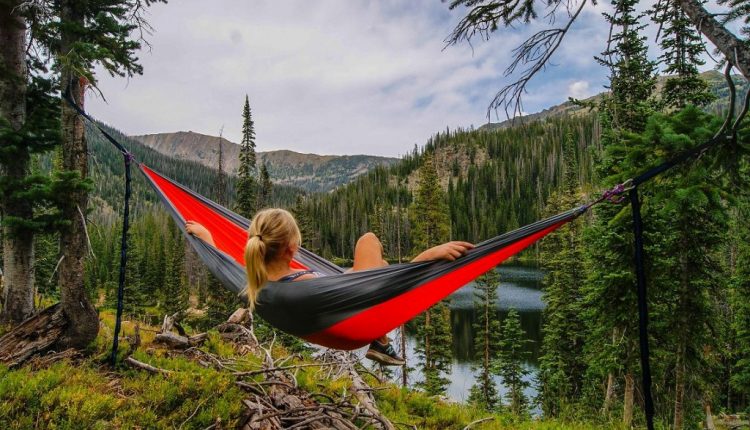
- You may also like: 5 Free RV Parking Places That You Were Not Aware Of
#4. Drink Safe Water.
These campsites have no water facility. You may find a spot near a river or stream but a natural source does not guarantee the drinking safety. Either bring your own water or use something to purify it. It could be a purifier, water purification tablets, or something else.
#5. Know the Distance.
When you are dry camping, the campsite should be 100 feet away from any water stream and one-mile perimeter from campgrounds. Also, never park your vehicle on the side of the road. It has to be always 150 feet away from a roadway to prevent resource damage.
#6. Protect the Wildlife.
Don’t do anything that is harmful to the wildlife in that area. Also, take protective measures to stay safe from wild animals like bears, snakes, coyotes, etc. Prior to camp in an area, find out about the animals that live in there. For example, if it is a bear country, store the scented items and food outside your vehicle or in a bear canister during the night. You should know how to protect yourself without causing any harm to the animals.
Source:
- https://www.themanual.com/outdoors/what-is-dispersed-camping/
- https://www.escapecampervans.com/blog/dispersed-camping/
Last Updated on September 12, 2019
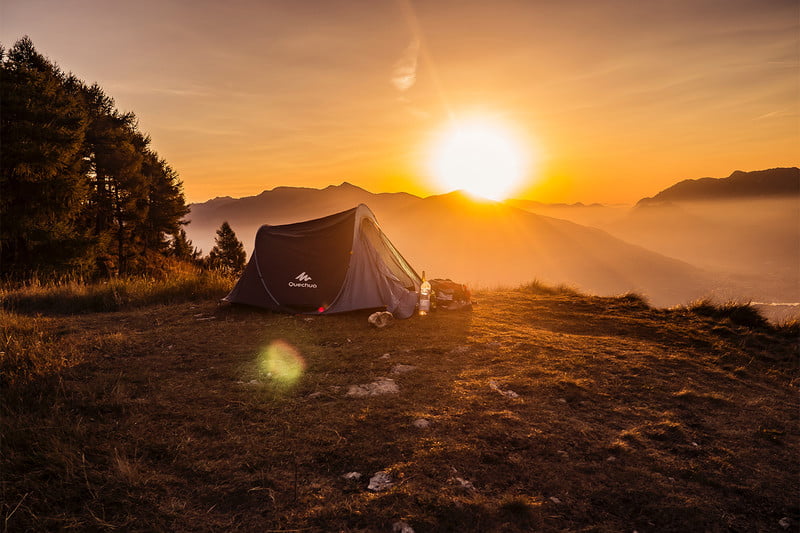

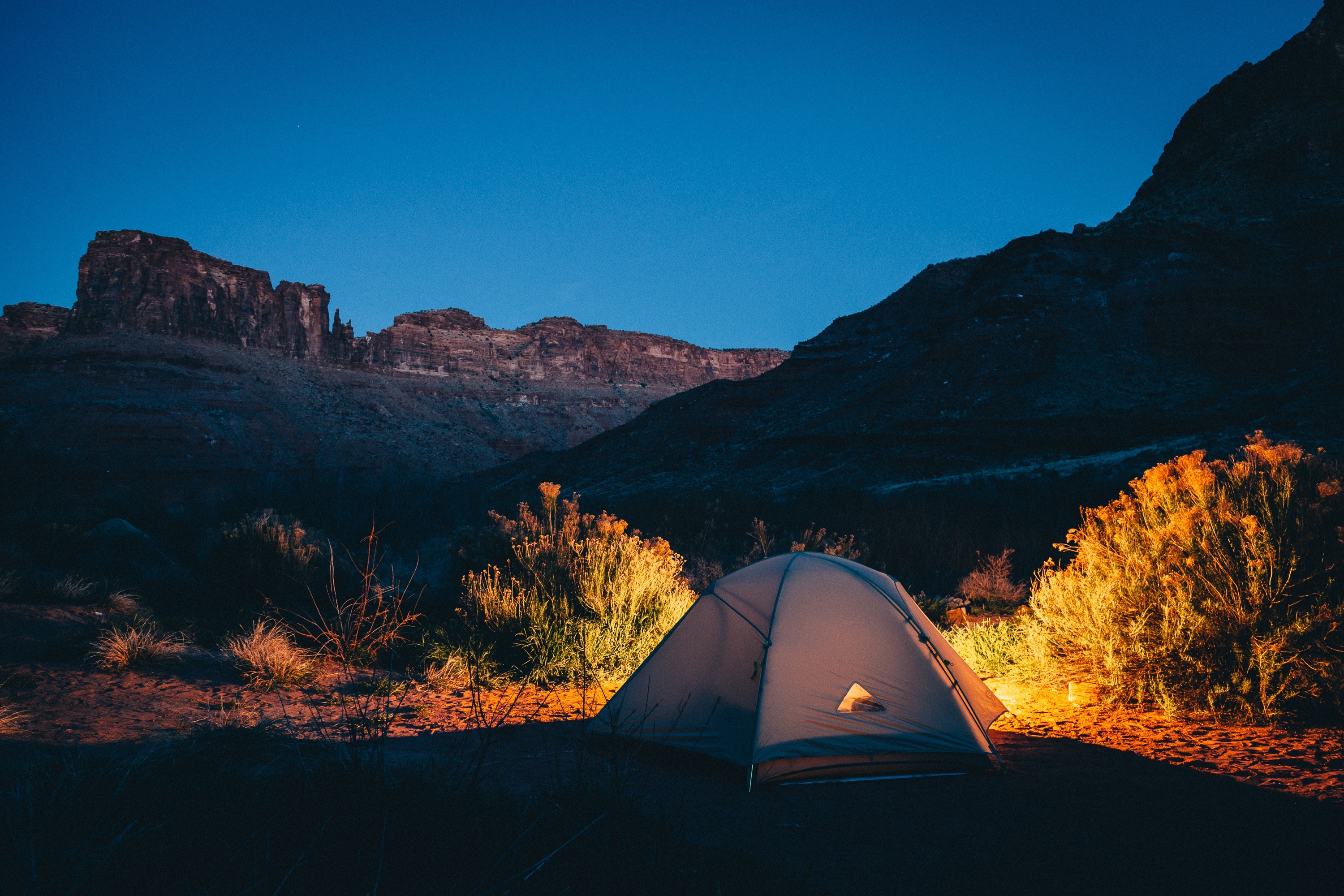


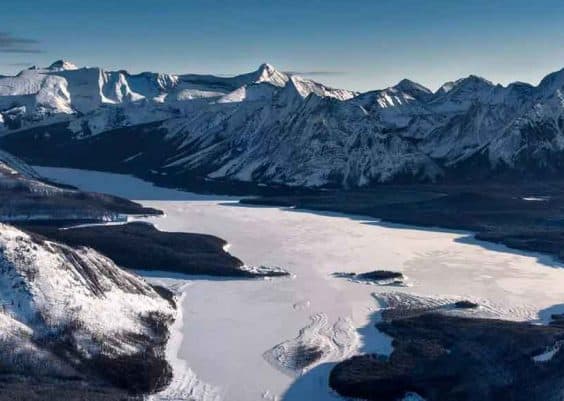
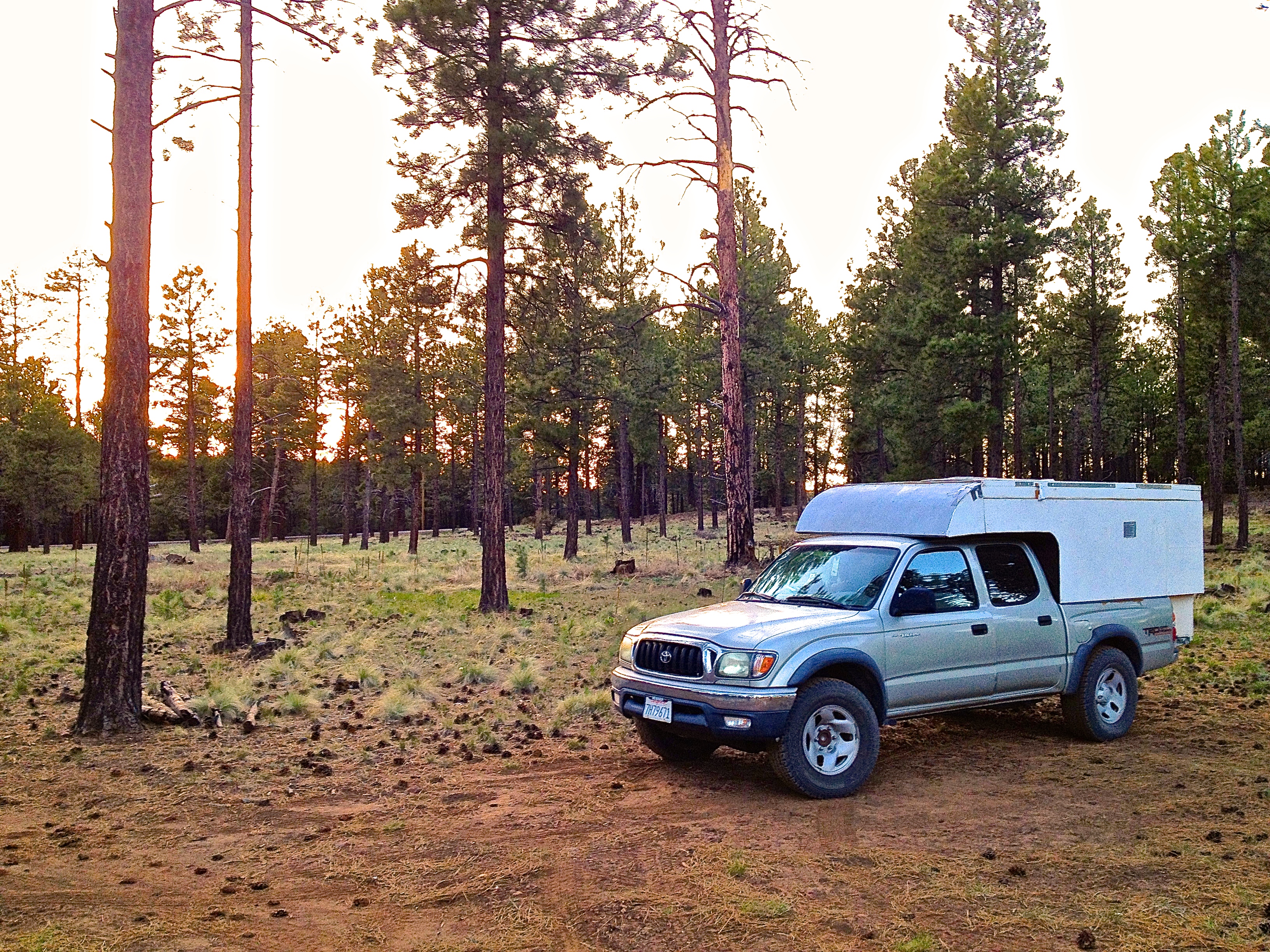
I just sprayed “OFF! BUG SPRAY” (in case there is a difference) it was “ACTIVE/SWEAT RESISTANT”… as I’ve told at the counter… the propane detector at my feet.. & no sooner did the spray get to my calf area, the siren went off blaring!! I instantly almost KNEW the spray caused it due to the sheer perfect timing in unison!! Yet I had to get online to check.. and here I am.. shaking my head in disbelief! Yes, it’s chemicals can for sure cause trigger these! I immediately hit the reset, and it immediately went off again. The 2nd reset it stopped. They must be more sensitive than I ever realized! Thank you for this informative & helpful information!